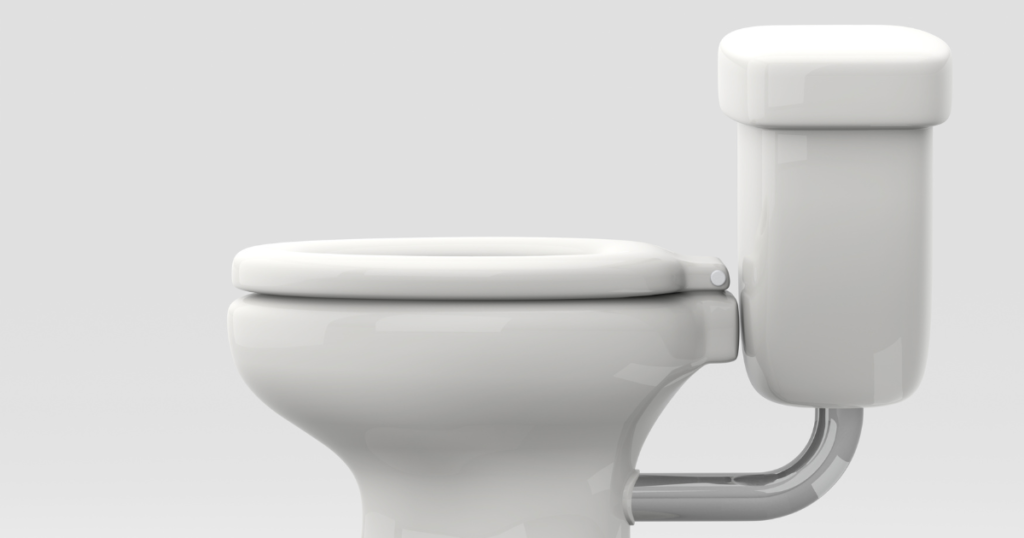
When it comes to modern bathroom design, wall-mounted toilets are a top choice for their sleek, space-saving aesthetics and practical benefits.
Unlike traditional floor-mounted toilets, these innovative fixtures are attached directly to the wall, creating a floating effect that not only adds a touch of contemporary elegance but also makes cleaning the bathroom floor a breeze.
Wall-mounted toilets are renowned for their versatility and ability to be installed at various heights, catering to individual comfort preferences and accessibility needs.
Whether you’re remodeling a small bathroom or aiming for a minimalist look, wall-mounted toilets offer a perfect blend of style and functionality.
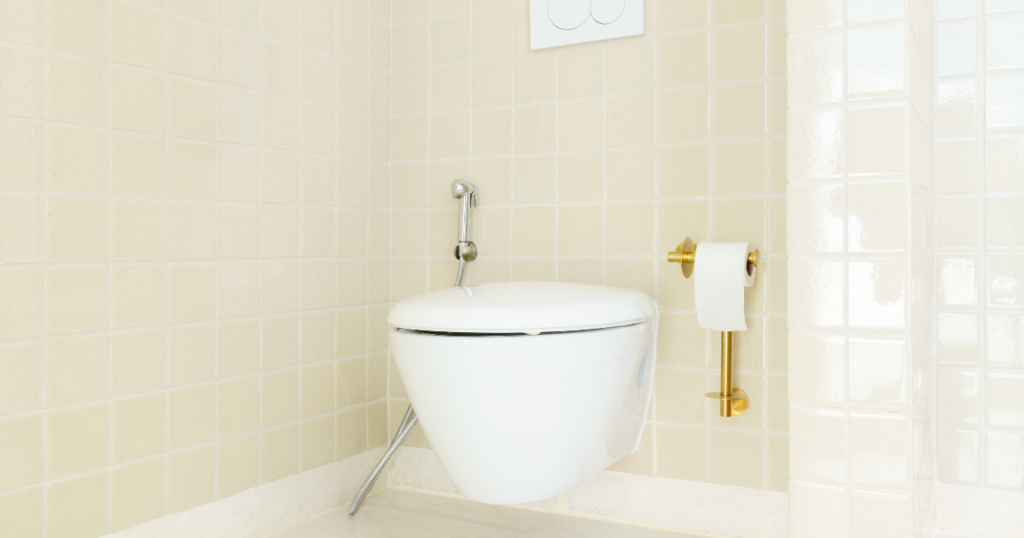
Overview of Wall-Mounted Toilets
Wall-mounted toilets are popular for their modern look and space-saving design. They are installed directly onto the wall, making them easier to clean and ideal for small bathrooms. Several brands offer different models to fit various design preferences and technological needs.
Defining Wall-Mounted Toilets
Wall-mounted toilets, also known as wall-hung toilets, are fixed to the wall rather than the floor. The tank is usually hidden behind the wall, leaving only the bowl visible. This setup provides a sleek and modern look to your bathroom.
These toilets use an in-wall carrier system, which supports both the weight of the toilet and the user. The actuator, or flush button, is mounted on the wall above the toilet, offering choices like a full or partial flush.
Benefits of Wall-Mounted Toilets
One of the main benefits is the space-saving design. You gain additional floor space by recessing the tank into the wall, which can be crucial in smaller bathrooms. This allows for more flexible bathroom layouts and creates a minimalist aesthetic.
Cleaning is also easier, as there are fewer surfaces where dirt and bacteria can accumulate. The absence of a base allows you to clean underneath the toilet easily, making it more hygienic. Additionally, you can adjust the height of the toilet during installation, which can be beneficial for accessibility and comfort.
Popular Brands and Market Choices
Several brands offer reliable and stylish wall-mounted toilets. TOTO is a notable example, known for its advanced technology and high-quality bathroom fixtures. Their wall-mounted models often feature efficient flushing systems and sleek designs.
Other popular options include brands like Swiss Madison and Fine Fixtures, which offer models known for their ease of installation and environmental friendliness. These brands provide a range of designs and functionalities to match different aesthetic and functional needs in your bathroom.
You can explore various styles and features to find a wall-mounted toilet that meets your specific needs, whether you prioritize ease of cleaning, space efficiency, or modern design.
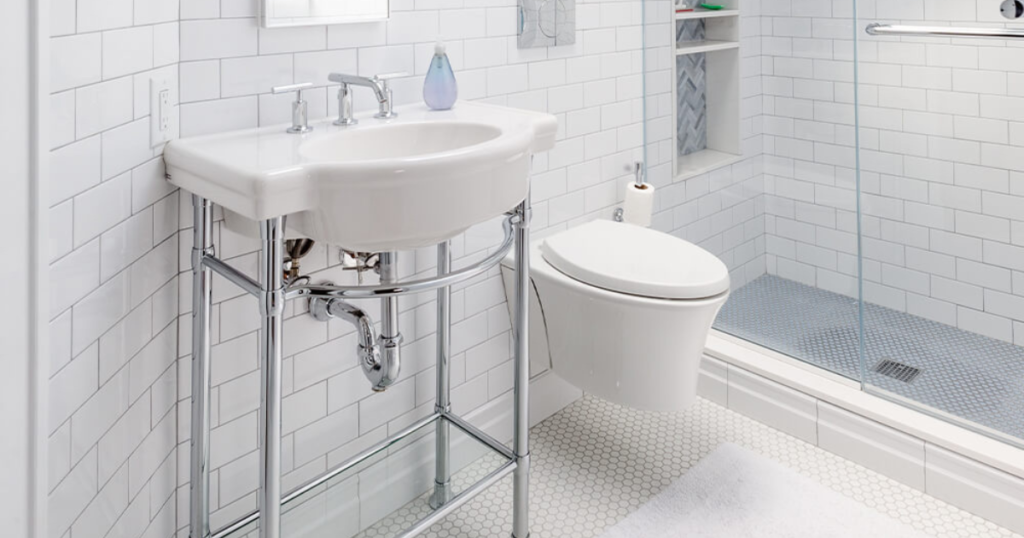
Installation Process and Considerations
Installing a wall-mounted toilet requires specific steps and proper tools. To ensure success, pay close attention to pre-installation requirements and decide whether to hire a professional plumber.
Pre-Installation Requirements
Before you start, gather all the necessary tools and materials. You will need a drill, screws, wall anchors, a level, plumber’s tape, and a wax ring. Ensure that the wall you plan to mount the toilet on can support its weight, typically up to 500 pounds.
Measure the distance between the wall studs to place the mounting brackets correctly. Proper plumbing connections for water supply and drainage must also be prepared. Verify that the water supply line and drainage pipe align with the toilet’s specifications.
Step-By-Step Installation Guide
- Measure and Mark: Measure the distance between the wall studs and mark these spots on the wall.
- Install Brackets: Drill holes at the marked spots and insert wall anchors. Secure the mounting brackets with screws.
- Ensure Leveling: Use a level to check that the brackets are even.
- Mount the Flange: Attach the toilet flange to the wall using a plumber’s putty.
- Connect Water Supply: Connect the water supply line to the toilet flange. Using plumber’s tape, make sure there are no leaks.
- Mount the Toilet Bowl: Place the wax ring on the toilet bowl. Align the bowl with the flange and secure it with bolts.
- Final Adjustments: Fill any gaps between the bowl and the wall with cement or sealant. Let the sealant dry for 24 hours.
Hiring a Professional Plumber
Hiring a professional plumber can be beneficial if you’re not confident in your DIY skills. A plumber ensures the job is done correctly and safely.

Design and Functionality
Wall-mounted toilets offer a sleek look, save floor space, and come with various design features. They are highly customizable, fitting different styles and needs.
Choosing the Right Bowl Shape
When selecting a bowl shape, you typically choose between round and elongated designs. Round bowls are compact and ideal for small bathrooms. Elongated bowls provide more comfort due to their extended seat area. The shape can also impact the overall design and space-saving benefits. Some designs include a skirted or concealed trapway, ensuring a cleaner look by hiding the plumbing.
Innovations in Flush Mechanisms
Wall-mounted toilets have various flush mechanisms that can improve efficiency and water savings. Modern models often have dual-flush buttons, allowing you to choose between a full flush and a half flush for liquid waste. Some models even come with sensor-activated flushes, providing a hands-free experience. Advanced mechanisms ensure powerful, quiet flushing, reducing water usage without sacrificing performance.
Customization Options
The customization options for wall-mounted toilets are vast. You can opt for a heated seat for added comfort, particularly in colder climates. Different styles and finishes are available to match your bathroom decor. Other features include ADA-compliant height options for better accessibility. Whether you need a minimalist design or something more luxurious, there’s a wall-mounted toilet to fit your specific requirements.
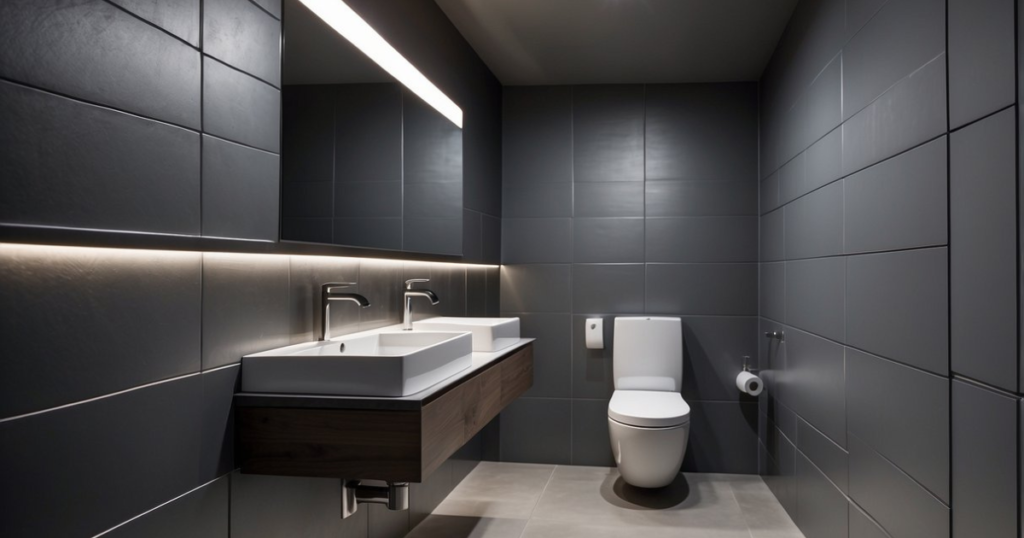
Hygiene and Maintenance
Wall-mounted toilets are known for their ease of cleaning and streamlined maintenance over time. They provide several benefits but also come with their own set of challenges and maintenance needs.
Cleaning Benefits and Challenges
Wall-mounted toilets do not need a base, making them easier to clean. You can quickly wipe down the area without the nooks and crannies of traditional floor-mounted toilets. This design helps reduce the accumulation of dirt and bacteria around the toilet base, promoting better hygiene.
However, reaching the inner tank can be trickier since it is hidden within the wall. If there are spills or leaks, addressing them could be challenging without causing wall damage. You should consider installing an access panel to make it easier to reach components for cleaning or repairs.
Long-Term Maintenance Needs
With wall-mounted toilets, long-term maintenance is simpler in some ways. The flushing mechanisms and other components are easily accessible through a panel. This enables quicker fixes compared to traditional models that might require removing the entire unit.
Regular checks on the hidden tank and internal parts are necessary to prevent and address potential wear and tear. Common issues like a loose toilet bowl or worn seals can be fixed by tightening bolts or replacing seals, preventing water leaks. These tasks might seem complex but are often straightforward with the right guidance and tools.
Being proactive with maintenance helps keep your wall-mounted toilet functioning optimally and extends its lifespan.
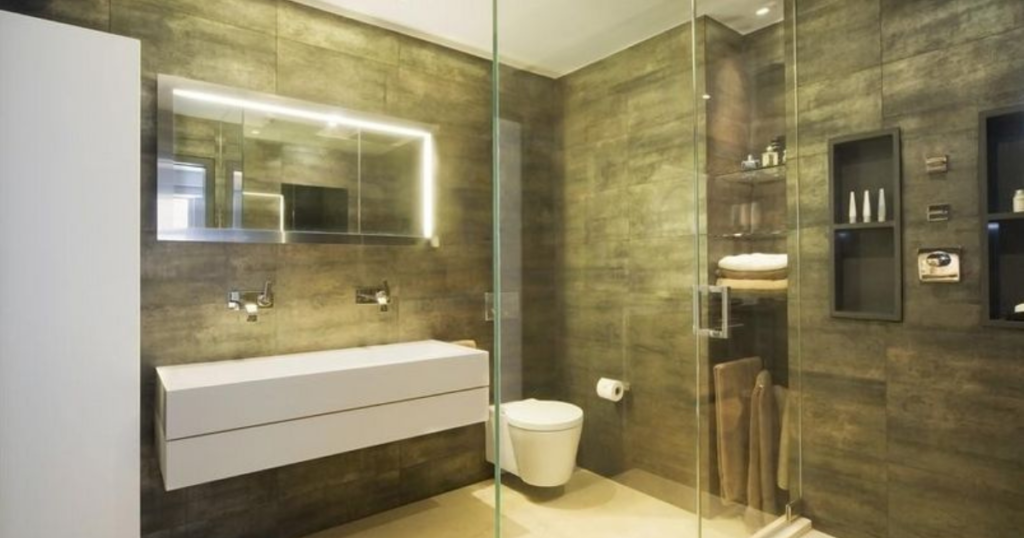
Economic and Environmental Impact
Wall-mounted toilets have notable implications for both economic and environmental factors. These toilets can enhance water efficiency and impact your long-term financial costs.
Water Efficiency
Wall-mounted toilets are designed to optimize water usage. Many models use just 1.28 gallons per flush (gpf) or even less, compared to the traditional 1.6 gpf standard. This reduction can save a significant amount of water over time.
Efficient water use helps reduce ecological pollution and conserves treated clean water. You can also find ultra-efficient models using only 0.8 gpf. Incorporating these toilets in high-traffic areas can make a considerable difference in water conservation.
Wall-mounted toilets support sustainability goals by minimizing water waste. They leverage better water pressure and advanced flushing mechanisms to ensure effective waste removal with less water.
Financial Considerations Over Time
While wall-mounted toilets might cost more initially than traditional models, they can offer significant savings over time. Reduced water usage directly translates to lower water bills, which is particularly beneficial in commercial or institutional settings with high restroom traffic.
Installing these toilets may involve a higher upfront expense due to the need for professional installation and potential changes to plumbing. However, the long-term savings on water bills and reduced maintenance costs often outweigh these initial expenses.
Moreover, the durability and lower likelihood of plumbing issues reduce ongoing maintenance costs. These financial benefits, combined with their positive environmental impact, make wall-mounted toilets an economically viable option in the long run.
Wrapping Up
Wall-mounted toilets are an excellent choice for those seeking a blend of modern design, practicality, and space efficiency in their bathrooms.
Their sleek appearance and floating design not only enhance the aesthetic appeal but also provide easier maintenance and cleaning.
With customizable height options, they cater to a wide range of comfort and accessibility needs.
Whether you’re renovating a compact bathroom or simply looking to add a contemporary touch, wall-mounted toilets are a stylish and functional solution that can transform any bathroom space.
Frequently Asked Questions
Wall-mounted toilets offer a sleek design and can save space. Here are some common questions you might have about them.
What should be considered when installing wall-mounted toilets?
When installing wall-mounted toilets, you need to check the wall’s stability. The wall should be able to hold the weight of the toilet and the user.
Geberit in-wall systems are tested to hold up to 880 lbs without deforming the frame.
You might also need to relocate plumbing and electrical lines. The tank and plumbing components are hidden inside the wall, requiring a skilled plumber to ensure proper installation and avoid future leaks.

